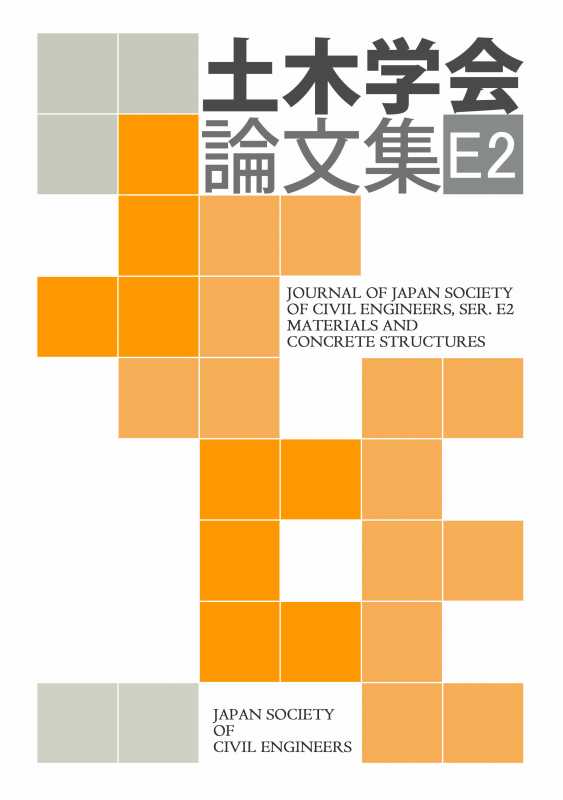Volume 76, Issue 4
Displaying 1-13 of 13 articles from this issue
- |<
- <
- 1
- >
- >|
Paper (In Japanese)
-
2020Volume 76Issue 4 Pages 270-282
Published: 2020
Released on J-STAGE: October 20, 2020
Download PDF (1234K) -
2020Volume 76Issue 4 Pages 283-292
Published: 2020
Released on J-STAGE: October 20, 2020
Download PDF (862K) -
2020Volume 76Issue 4 Pages 293-305
Published: 2020
Released on J-STAGE: October 20, 2020
Download PDF (1432K) -
2020Volume 76Issue 4 Pages 306-314
Published: 2020
Released on J-STAGE: October 20, 2020
Download PDF (1160K) -
2020Volume 76Issue 4 Pages 315-331
Published: 2020
Released on J-STAGE: October 20, 2020
Download PDF (6465K) -
2020Volume 76Issue 4 Pages 332-348
Published: 2020
Released on J-STAGE: November 20, 2020
Download PDF (6685K) -
2020Volume 76Issue 4 Pages 349-359
Published: 2020
Released on J-STAGE: November 20, 2020
Download PDF (2784K) -
2020Volume 76Issue 4 Pages 360-373
Published: 2020
Released on J-STAGE: November 20, 2020
Download PDF (5187K) -
2020Volume 76Issue 4 Pages 374-385
Published: 2020
Released on J-STAGE: December 20, 2020
Download PDF (1059K) -
2020Volume 76Issue 4 Pages 386-402
Published: 2020
Released on J-STAGE: December 20, 2020
Download PDF (2274K) -
2020Volume 76Issue 4 Pages 403-420
Published: 2020
Released on J-STAGE: December 20, 2020
Download PDF (4471K) -
2020Volume 76Issue 4 Pages 421-431
Published: 2020
Released on J-STAGE: December 20, 2020
Download PDF (1386K)
Technical Report (In Japanese)
-
2020Volume 76Issue 4 Pages 255-269
Published: 2020
Released on J-STAGE: October 20, 2020
Download PDF (2922K)
- |<
- <
- 1
- >
- >|
